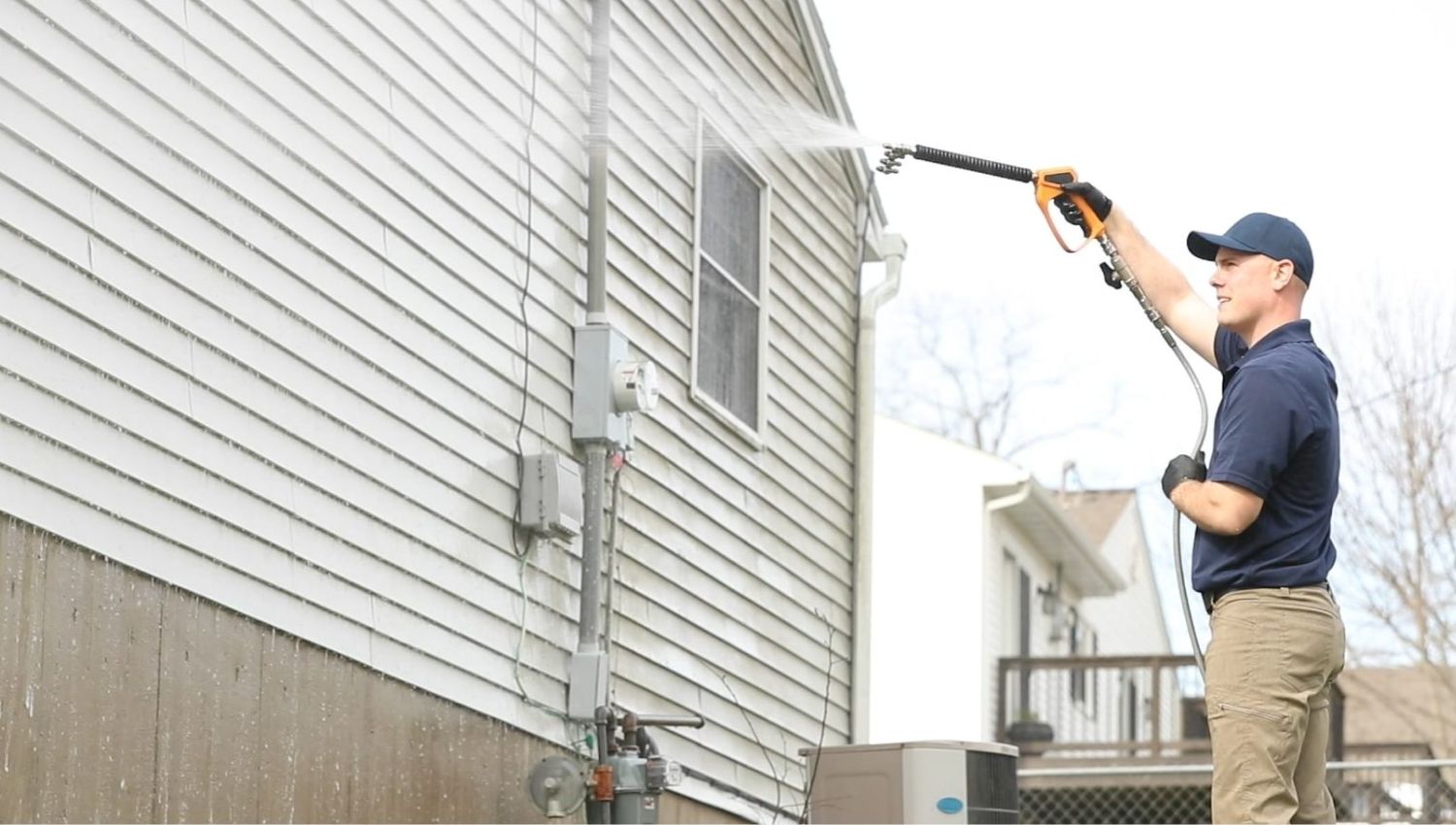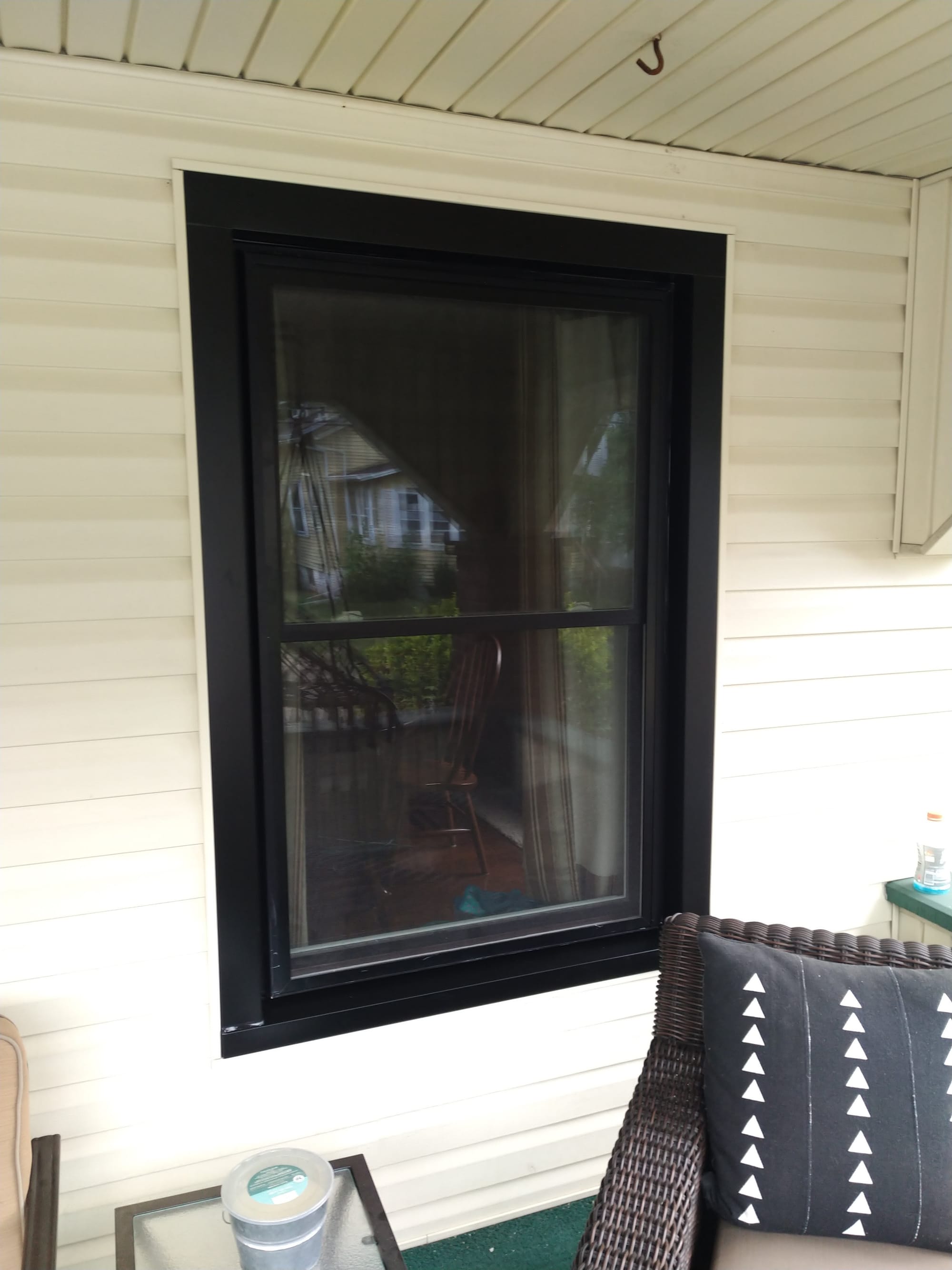Comparing Single-Hung and Double-Hung Replacement Windows
페이지 정보
작성자 Chandra 댓글 0건 조회 4회 작성일 25-01-01 15:17본문
Low Maintenance and Durability
Single-hung windows generally require less maintenance due to their simpler design. With fewer moving parts, there’s less chance of wear and tear over time. Their fixed top sash means there’s no need for frequent adjustments or maintenance of the upper window components. These windows are highly durable when well-maintained, making them an excellent long-term investment for homeowners seeking a low-maintenance window option.
When it comes to replacing your windows, choosing between single-hung and double-hung options can be tricky. Single-hung windows have a fixed top sash and a movable bottom sash, making them simpler and often more affordable. Double-hung windows, on the other hand, offer two movable sashes, allowing for better airflow and easier cleaning, especially when both sashes tilt inward. While double-hung windows tend to be pricier, they provide more flexibility and convenience. Ultimately, the choice comes down to your budget, style preferences, replacement windows and what functionality you value most.
Understanding Single-Hung Windows
Single-hung windows are the more traditional window style, with only the bottom sash being operable. The top sash remains fixed in place, which limits airflow compared to other window styles. These windows are often more affordable due to their simpler design, making them a popular choice for budget-conscious homeowners. While they don’t offer the flexibility of a double-hung window, they are still effective for basic ventilation and come in various materials and styles to fit your home’s aesthetic. Single-hung windows are also known for their energy efficiency when properly sealed.
Simple Design for Cost-Effective Solutions
Single-hung windows are known for their simplicity and cost-effectiveness. With only one operable sash, they are less expensive to produce and install than more complex window styles. This makes them an excellent choice for homeowners who are working within a tight budget, without sacrificing functionality. Their straightforward design is ideal for homes that need reliable windows without added frills or extra costs.
Energy Efficiency: Which Window Style Wins
Both single-hung and double-hung windows can be energy-efficient, but the overall efficiency depends on the quality of materials and installation. Single-hung windows often have fewer moving parts, which means they can be more tightly sealed, reducing air leakage. However, double-hung windows, especially modern versions with tight seals and advanced glazing options, can offer superior insulation and energy savings. If both window types are properly installed with high-quality materials, either option can help reduce heating and cooling costs. Ultimately, the frame material and glass type will play a bigger role in energy efficiency than the window style itself.
 Ease of Cleaning: Single-Hung vs. Double-Hung
Ease of Cleaning: Single-Hung vs. Double-Hung
When it comes to ease of cleaning, double-hung windows have a clear advantage. Their design allows both the upper and lower sashes to tilt inward, making it much easier to clean both sides of the glass from the comfort of your home. This feature is especially useful for windows in hard-to-reach places, such as second-story windows. In contrast, single-hung windows only allow for cleaning the exterior of the lower sash, meaning you may need to use a ladder or hire a professional to clean the outside, making maintenance a bit more challenging.
 Durability and Maintenance: Which Lasts Longer
Durability and Maintenance: Which Lasts Longer
Durability and maintenance are key factors when choosing between single-hung and double-hung windows. Single-hung windows typically have fewer moving parts, which means there is less that can wear out over time. As a result, they tend to be more durable and require less frequent maintenance. Double-hung windows, while offering more functionality, have more components that can wear out, such as the tracks, springs, or the locking mechanisms. However, if you maintain them properly, they can last just as long as single-hung windows, but they may require more attention to ensure smooth operation over the years.
 Conclusion
Conclusion
When choosing between single-hung and double-hung replacement windows, the decision comes down to personal preferences, functionality, and budget. Single-hung windows are cost-effective and easy to maintain, making them a solid choice for many homeowners in Akron, Ohio. However, double-hung windows offer greater versatility and better ventilation, making them an excellent option for those looking for added convenience and energy efficiency.
 The Benefits of Double-Hung Windows
The Benefits of Double-Hung Windows
Double-hung windows feature two sashes that can move up and down, allowing for greater control over ventilation. Both the top and bottom sashes can be opened, offering a more versatile approach to airflow. This style also makes cleaning easier since the sashes tilt inward, letting you reach both sides of the glass from inside. Double-hung windows are ideal for homes that require enhanced airflow or if you prefer a more modern, flexible window style. While they tend to be more expensive than single-hung options, their added functionality can justify the investment.
Single-hung windows generally require less maintenance due to their simpler design. With fewer moving parts, there’s less chance of wear and tear over time. Their fixed top sash means there’s no need for frequent adjustments or maintenance of the upper window components. These windows are highly durable when well-maintained, making them an excellent long-term investment for homeowners seeking a low-maintenance window option.
When it comes to replacing your windows, choosing between single-hung and double-hung options can be tricky. Single-hung windows have a fixed top sash and a movable bottom sash, making them simpler and often more affordable. Double-hung windows, on the other hand, offer two movable sashes, allowing for better airflow and easier cleaning, especially when both sashes tilt inward. While double-hung windows tend to be pricier, they provide more flexibility and convenience. Ultimately, the choice comes down to your budget, style preferences, replacement windows and what functionality you value most.
Understanding Single-Hung Windows
Single-hung windows are the more traditional window style, with only the bottom sash being operable. The top sash remains fixed in place, which limits airflow compared to other window styles. These windows are often more affordable due to their simpler design, making them a popular choice for budget-conscious homeowners. While they don’t offer the flexibility of a double-hung window, they are still effective for basic ventilation and come in various materials and styles to fit your home’s aesthetic. Single-hung windows are also known for their energy efficiency when properly sealed.
Simple Design for Cost-Effective Solutions
Single-hung windows are known for their simplicity and cost-effectiveness. With only one operable sash, they are less expensive to produce and install than more complex window styles. This makes them an excellent choice for homeowners who are working within a tight budget, without sacrificing functionality. Their straightforward design is ideal for homes that need reliable windows without added frills or extra costs.
Energy Efficiency: Which Window Style Wins
Both single-hung and double-hung windows can be energy-efficient, but the overall efficiency depends on the quality of materials and installation. Single-hung windows often have fewer moving parts, which means they can be more tightly sealed, reducing air leakage. However, double-hung windows, especially modern versions with tight seals and advanced glazing options, can offer superior insulation and energy savings. If both window types are properly installed with high-quality materials, either option can help reduce heating and cooling costs. Ultimately, the frame material and glass type will play a bigger role in energy efficiency than the window style itself.
 Ease of Cleaning: Single-Hung vs. Double-Hung
Ease of Cleaning: Single-Hung vs. Double-HungWhen it comes to ease of cleaning, double-hung windows have a clear advantage. Their design allows both the upper and lower sashes to tilt inward, making it much easier to clean both sides of the glass from the comfort of your home. This feature is especially useful for windows in hard-to-reach places, such as second-story windows. In contrast, single-hung windows only allow for cleaning the exterior of the lower sash, meaning you may need to use a ladder or hire a professional to clean the outside, making maintenance a bit more challenging.
Durability and maintenance are key factors when choosing between single-hung and double-hung windows. Single-hung windows typically have fewer moving parts, which means there is less that can wear out over time. As a result, they tend to be more durable and require less frequent maintenance. Double-hung windows, while offering more functionality, have more components that can wear out, such as the tracks, springs, or the locking mechanisms. However, if you maintain them properly, they can last just as long as single-hung windows, but they may require more attention to ensure smooth operation over the years.
 Conclusion
ConclusionWhen choosing between single-hung and double-hung replacement windows, the decision comes down to personal preferences, functionality, and budget. Single-hung windows are cost-effective and easy to maintain, making them a solid choice for many homeowners in Akron, Ohio. However, double-hung windows offer greater versatility and better ventilation, making them an excellent option for those looking for added convenience and energy efficiency.
Double-hung windows feature two sashes that can move up and down, allowing for greater control over ventilation. Both the top and bottom sashes can be opened, offering a more versatile approach to airflow. This style also makes cleaning easier since the sashes tilt inward, letting you reach both sides of the glass from inside. Double-hung windows are ideal for homes that require enhanced airflow or if you prefer a more modern, flexible window style. While they tend to be more expensive than single-hung options, their added functionality can justify the investment.
댓글목록
등록된 댓글이 없습니다.